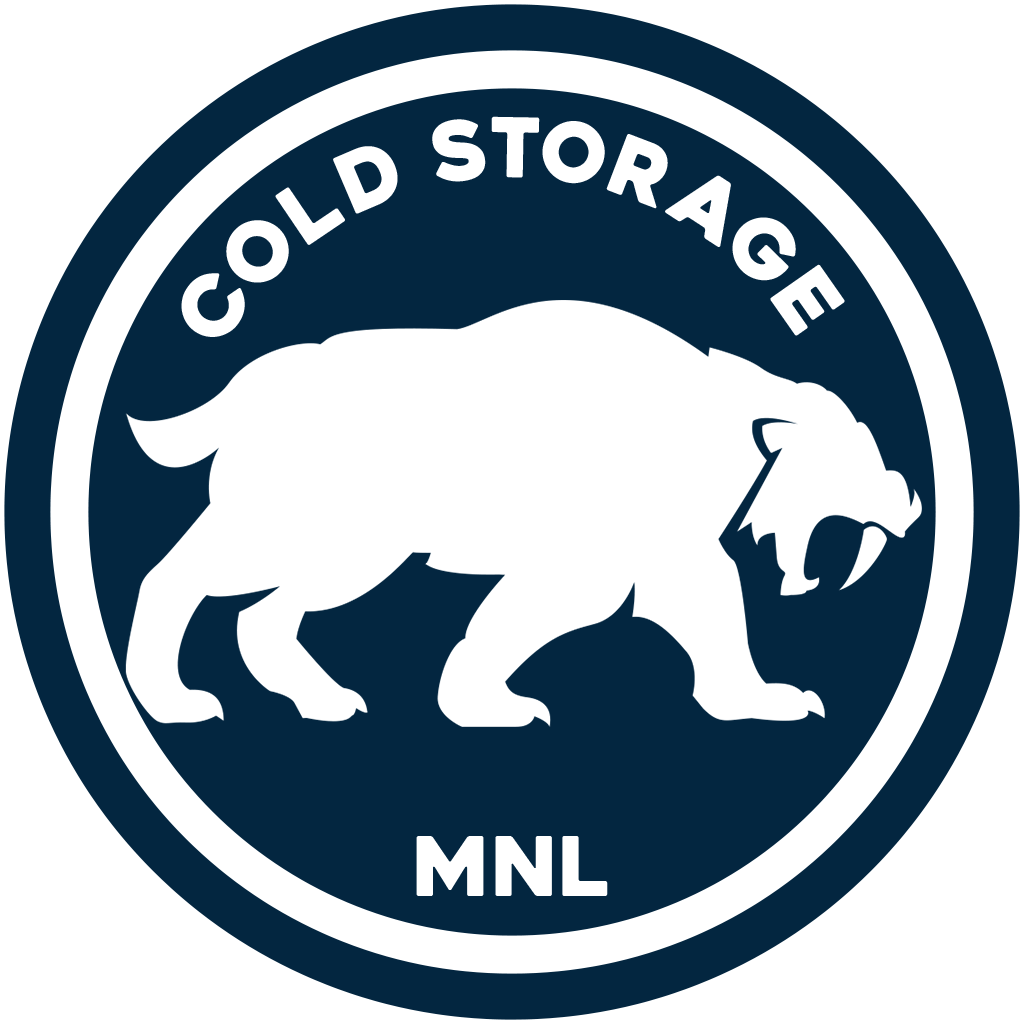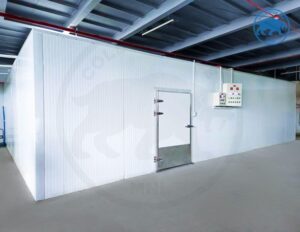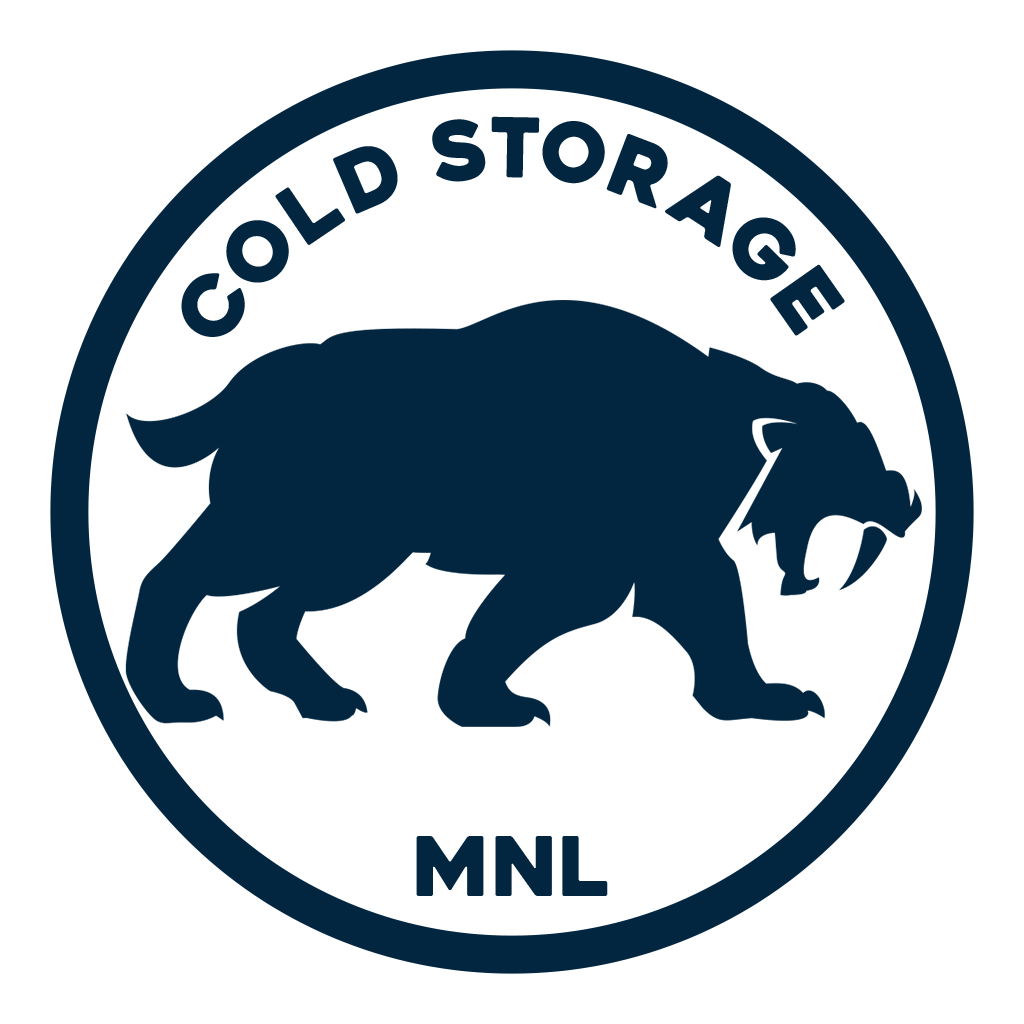Walk-In Freezers: Essential Cold Storage for Businesses
A walk-in freezer is a large, insulated refrigeration unit that allows a person to enter and store items at very low temperatures (typically around 0°F or –18°C). These room-sized freezers are common in industries where preserving large quantities of perishable goods or sensitive materials is critical. Restaurants, food processors, pharmaceutical firms, and warehouse operations often rely on walk-in freezers to maintain product quality, ensure safety, and improve inventory organization in demanding environments.
Key Features and Design
Walk-in freezers are built from modular insulated panels that lock together to form walls, ceilings, and floors. The panels contain high-density polyurethane foam or similar insulation, which provides excellent thermal resistance. This keeps cold air in and heat out, saving energy. Floors are reinforced to support heavy loads (such as stacked pallets) and often have a durable waterproof covering for sanitation.
The refrigeration system can be self-contained, with a unit mounted on or above the freezer, or remote, with the condenser placed elsewhere in the building. Side-mounted units are also common to save interior space. These systems use compressors, condensers, and evaporator coils to cool the air. Fans circulate cold air evenly, preventing hot spots. Good airflow and defrost systems (automatic or scheduled) ensure ice does not build up on coils, which keeps the freezer efficient.
Doors are a critical component. Commercial walk-in freezer doors have heavy insulation, robust hardware, and magnetic gaskets for a tight seal. Most designs include an interior release latch so anyone inside can always open the door, preventing entrapment. Different door types suit various needs: hinged doors are standard, while sliding or bi-parting doors save space in tight areas. Wide drive-in doors can allow forklifts inside if needed.
Inside a walk-in freezer, businesses install racks, shelving, and bins to keep products organized. Proper layout is important: heavy items go on lower shelves, and airflow paths should not be blocked by overpacking. LED lighting is common because it produces little heat and is reliable in cold temperatures. A well-organized interior with adjustable shelves helps workers quickly find what they need and reduces the time the door stays open.
To explore tailored options for your business, check out our walk-in freezer solutions in Manila.
Benefits for Restaurants and Food Businesses
For restaurants, catering services, and food distributors in the Philippines, walk-in freezers provide ample storage space to keep food fresh and reduce spoilage. Buying meats, seafood, produce, and prepared sauces in larger quantities often means cost savings. Bulk storage helps prevent running out of key ingredients during peak service. Properly frozen foods retain their flavor, texture, and nutrients, so meal quality stays high and consistent.
Walk-in freezers improve kitchen organization and efficiency. Clearly labeled shelves and sections allow staff to quickly locate ingredients. Systematic storage saves time during meal preparation and inventory checks. It also supports “first-in, first-out” stock rotation, so older items are used before newer ones, which reduces waste and avoids expired products.
Consistent cold storage is vital for food safety. A walk-in freezer holds temperature below freezing, dramatically slowing bacterial growth. This helps restaurants meet food safety regulations and reduces the risk of foodborne illness. Pastry shops rely on walk-in freezers to keep doughs and batters at safe temperatures, and sushi bars use them to ensure seafood is at peak freshness.
Although a walk-in freezer is a significant investment and increases electricity usage, the long-term savings often justify the cost. Bulk purchasing and reduced spoilage lower overall food expenses. In a tropical climate, a high-quality freezer with good insulation and sealed doors will run more efficiently. Regular maintenance (sealing leaks, cleaning coils) keeps energy bills manageable. Many restaurants also connect their freezers to backup power to protect inventory during outages.
Applications in Pharmaceutical and Medical Industries
Pharmaceutical companies, hospitals, and research labs use walk-in freezers to store vaccines, medicines, biological samples, and other temperature-sensitive items. Many vaccines and medications require precise temperature control, sometimes as low as –20°C, to remain effective. A walk-in freezer provides a uniform environment for storing large batches of these products safely.
Medical facilities use walk-in freezers for blood, plasma, and tissue samples as well. These freezers allow racks or shelving systems so samples can be organized and accessed easily. Some labs set up separate sections within a large walk-in to keep different materials apart (for example, one area for vaccines and another for chemicals).
In pharmaceutical and medical settings, extra safeguards are common. Walk-in freezers may include air filtration or dehumidification to prevent moisture on sensitive materials. Strict alarm and monitoring systems alert staff if temperatures deviate from the set range. Because any failure can ruin costly inventory, backup power (generators or batteries) is typically required to maintain the cold chain during outages.
Benefits for Warehouses and Cold Storage Facilities
Distribution centers, warehouse facilities, and grocery supply hubs often use multiple walk-in freezers or large cold rooms. These spaces store frozen foods (ice cream, seafood, frozen dinners) and other products that must remain below freezing. In the Philippines, cold storage warehouses protect products from spoilage while they wait to be shipped between islands or delivered to stores.
Large warehouses use consolidated walk-in freezers so that forklifts or carts can bring goods directly inside huge refrigerated areas. This is more efficient than using many smaller freezers. Fewer door openings and more stable internal temperatures lead to big energy savings. Some cold rooms even have a drive-in design, where delivery trucks back directly into the cold space.
For example, a seafood distributor might load crates of fish onto pallets and drive them into a 12-foot-high walk-in freezer. Proper organization—such as zoning different products apart—helps managers maximize capacity. These freezers are crucial in tropical climates to protect products from spoilage.
Considerations Before Buying a Walk-In Freezer
Size and Capacity: Estimate your storage needs now and for future growth. Walk-in freezers come in sizes from compact (e.g. 6×6 feet) to large multi-pallet rooms. Ensure the unit you choose fits your available space and allows room for aisles and shelving without overcrowding.
Temperature Range: Verify the needed temperature. Standard walk-in freezers maintain around 0°F (–18°C), but some specialty units can go colder. Ensure the freezer can hold the temperature required for your products (from frozen food to sensitive vaccines).
Indoor vs. Outdoor: Decide if the freezer will be inside or outside. Outdoor units must be weatherproof and may need additional roofing or shading in the sun. Indoor installations require a level floor strong enough to bear the freezer’s weight and enough overhead space for panels and equipment.
Energy Efficiency: Look for excellent insulation and efficient compressors. In hot climates, thicker insulation and tight door seals minimize electricity use. Features like programmable thermostats and LED lighting reduce waste, and automatic defrost prevents ice buildup that could make the freezer work harder.
Power and Backup: Ensure sufficient electrical service. Walk-in freezers typically run on 220–240V (larger units may need 3-phase power). Have a licensed electrician handle the wiring. Plan for backup power (generators or UPS) or surge protectors to safeguard the freezer during outages.
Safety and Compliance: Follow health and building codes. Food storage freezers must meet sanitation standards (easy-to-clean surfaces, proper air circulation). Install safety features such as interior lights, exit alarms, and emergency release latches. In some cases, fire alarms or sprinklers may be required.
Installation and Maintenance: Hire professionals for installation to ensure proper sealing and refrigerant charging. After installation, maintain the freezer by checking door seals, cleaning coils, and verifying thermostat accuracy regularly. Routine maintenance ensures longer equipment life and steady efficiency.
Conclusion
A walk-in freezer is a vital investment for businesses in a tropical country like the Philippines. By keeping products at the right temperature, it protects inventory and boosts operational efficiency for restaurants, pharmaceutical facilities, and warehouses. Choosing the right size and ensuring proper installation and maintenance will let a commercial walk-in freezer run efficiently and serve your business effectively for decades.








